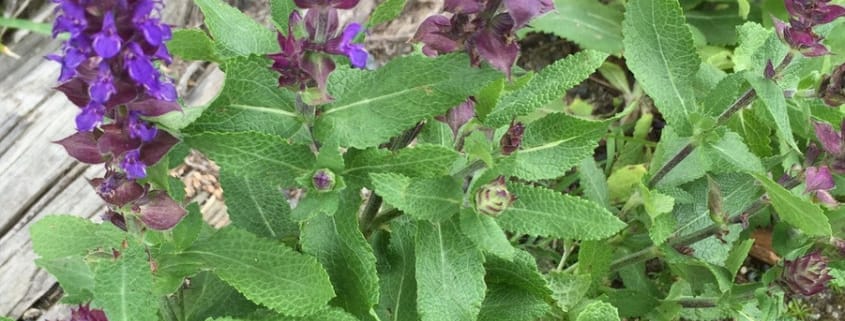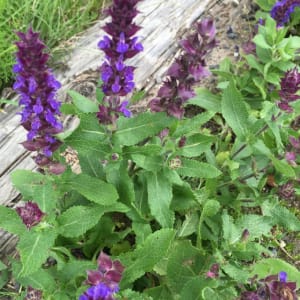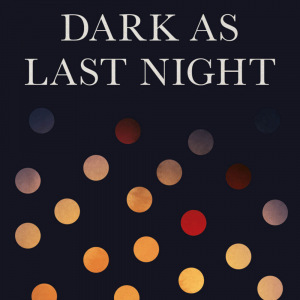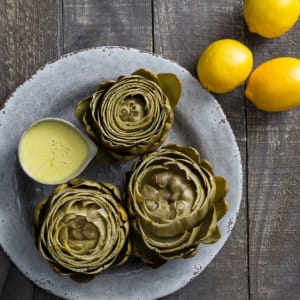Perennial delights
As we draw closer to summer, thought should be given to plants that will brighten up your summer garden with amazing flower colours, shape of flowers and size of plant for that special area. Two of the most popular groups of plants with these attributes are the salvia and lavender groups.
Salvia with their extraordinary diversity of colour and habit: with over 1800 species alone, without the new varieties added every year, Salvias are truly a gardener’s delight providing rich and interesting rewards for every garden.
This spellbinding genus has blues to rival the colours of the ocean and sky as well as rich reds, pinks, yellow and white and with every colour combination of these dominant colours.
Their diversity in leaf colour and shape is second to none – some with leaves that feel like velvet, others with long narrow leaves of varying colours. Many of the varieties are used for culinary purposes and have delightful scents that can be used to flavour foods of all kinds.
The other group that will give a similar appearance to the salvias, are lavenders.
Australia is a leading developer of new varieties of lavender and in recent times many new varieties have been introduced that will give colour all year around and survive in conditions from coastal to inland gardens. They come in a range of colours from white through pink to several shades of mauve. Their foliage is also fragrant and some varieties can be used for potpourri.
Both groups are adaptable to an extensive range of soil types from clay to open sandy soils. Where soils might need of improvement it makes sense to add some organic matter like animal manures or compost.
However, good drainage is generally advisable and without it there is a greater risk of the less hardy varieties succumbing a long, wet winter. In gardens where the soil is wet for long periods it is advisable to slightly raise the planting area to allow for better drainage.
When preparing soils for them, refrain from adding excessive nitrogen. Too much nitrogen will give lush foliage at the expense of flowers. Soil acidity/alkalinity play no great part in the placement of the plants although many of the species are derived from locations where limestone (which is alkaline) is dominant.
Nearly all varieties prefer a full sun position, with the exception of a few varieties of salvia that will grow in and tolerate some shade.
Some taller varieties have a brittle branching habit and thus should be planted in a location free of strong winds. Many of the lower growing forms are excellent in a seaside garden.
Like all perennials, both groups should be pruned on a regular basis to keep the plant compact and to promote several periods of flowering throughout the year.
They are generally pest and disease free with aphids and some powdery mildew being a problem in the summer months.
They are a great plant to grow in a container for those who have a difficult location or to brighten up an area on paving etc. where other plants might have failed. Due to their ability to handle periods of dryness they are an ideal pot plant.
Annual forms of salvia are often overlooked these days but there is an extensive range that are available to brighten up the flower garden where seasonal change is required. Colours of reds, white, blues and purple are available and should be planted at the rear of the garden. Most of the annual forms are best planted in the warmer months, so keep an eye out for them in nurseries around mid-spring.
One other thing that these beautiful plants also do is to provide bees and nectar-feeding birds with nectar and pollen and, therefore, they are a great plant to place around vegetable gardens to help in the pollination of plants.



